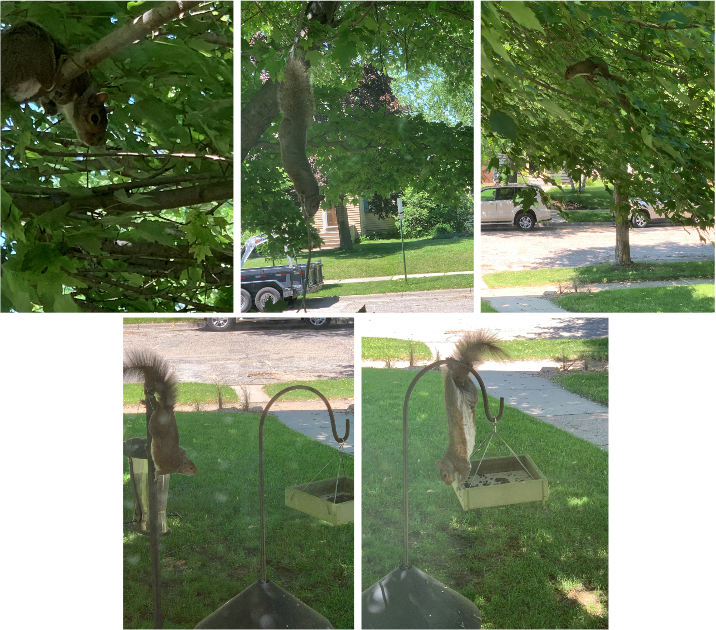
I’m an insatiable consumer of information, but I need to learn more. For example, if you haven’t watched the excellent movie Saving Private Ryan, do it. I don’t understand why the allies attacked from the water, in the daylight, when they were sitting ducks for the Nazis dug into the bluff with machine guns and grenade launchers? Why not paratroop in from behind?
I have to share my favorite scene from the movie, maybe of all time, with my favorite line: “especially you, Reiben.”
After reading about Thanksgiving last week, I also thought, why did the Pilgrims leave the UK in August, such that they wouldn’t arrive in New England until November, just in time for winter? They had nothing – no docks, not even dinghies to paddle to shore. Half the Pilgrims perished from exposure and starvation the first winter.
It is the thought of the Pilgrims landing in New England that inspired this post. I seem to remember this from history class a hundred years ago when I was in grade school – that hundreds or even thousands of years before that, there were hunter-gatherer societies. They lived like squirrels, which are fascinating mammals. I love to watch them scheme to get my bird food. They are relentless, smart, and risk-tolerant. For instance, I might be sitting in my lounger typing this blog when out of my peripheral vision, I see a flying varmint trying to land in or on my feeder from above – sometimes successfully; sometimes not.
Hunter Gatherer-Style Programs
Efficiency programs for the past twenty years have been of the hunter, gatherer, scavenger sort. This all collided as I performed my duties as an AESP board member reviewing content for its newsletter when I noticed an article titled Revamped Energy Efficiency Programs are the Key to Deep Carbon [and energy] Reductions. I recognized that prose. It was Val Jensen again.
Compressing the text, Val writes, “most EE initiatives today promote customer adoption of more efficient devices by providing incentives for customers to install them. Programs are developed with an acute focus on customer and technology eligibility, as well as the delivery process itself.”
In other words, we’re stuck on the hunter-gatherer paradigm, asking whether the gathered goods would have been found by customers bumbling about, or did the program implementer make it happen? This is a question evaluators are paid millions of dollars to answer.
The hunting part reminds me of my two fetching dogs, Lily and Atlas. Lily is a wiry four-year-old black lab, and Atlas is a yellow lab, 10 years senior. Lily takes off before I throw. Atlas won’t leave until I throw. Lily likes to get her ball, wait, and then steal Atlas’ ball before he gets to it. She leads Atlas back to her ball as she plays keep-away with his ball. Lily makes Atlas bring her ball back to me. When she drops his ball to start over, Atlas drops her ball and takes his back. These are dogs? I’m easily amused. Does Lily get credit for leading Atlas to her ball? No. She’s a free rider and a huckster!
Agrarian Planning Programs
We need to shift from hunter-gatherer mindsets to managed outcomes that include planting, cultivating, and harvesting the next generation of program savings. This takes time – a year or more, but the ancestors did it; why don’t we? Because everything needs to be instant, and as Val points out, it is becoming costly to travel further and look under more rocks in the hunt for projects.
Val states programs are designed to minimize the risk of not hitting goals. It over-values programs designed not to get hit by evaluators, and it penalizes innovation. As for one historically innovative program, last week, I described one path to allow utilities to deliver performance contracting for large commercial and industrial (C&I) customers. It then allows the utilities to earn their weighted cost of capital on the money invested in customer facilities. This is a long term strategy to land bigger projects with deeper impacts from customers that will make a way to do projects in the future.
As Val mentions, regression analysis, or EM&V 2.0, can work for large groups of similar customers where the anomalies wash out. However, some buyers and practitioners want to apply that to individual projects where the risk and cost can become excessive. The risk can be huge because millions of things, called non-routine events (NREs), will occur and bog down the savings estimate. The hunt for NREs in big C&I projects and the tug-of-war over the counterfactual will take on a life of its own. Gobs of time and money will be spent on these things rather than planning future projects. In these cases, a thoroughly documented guide that explains baseline establishment, acquisition cost, eligibility (capital versus operations and maintenance), production changes, and much more is critical.
A thorough guide covering everything under the sun for savings determination with sharp human brains cannot be surpassed by any EM&V 2.0, AI, or computer algorithm of any sort.

